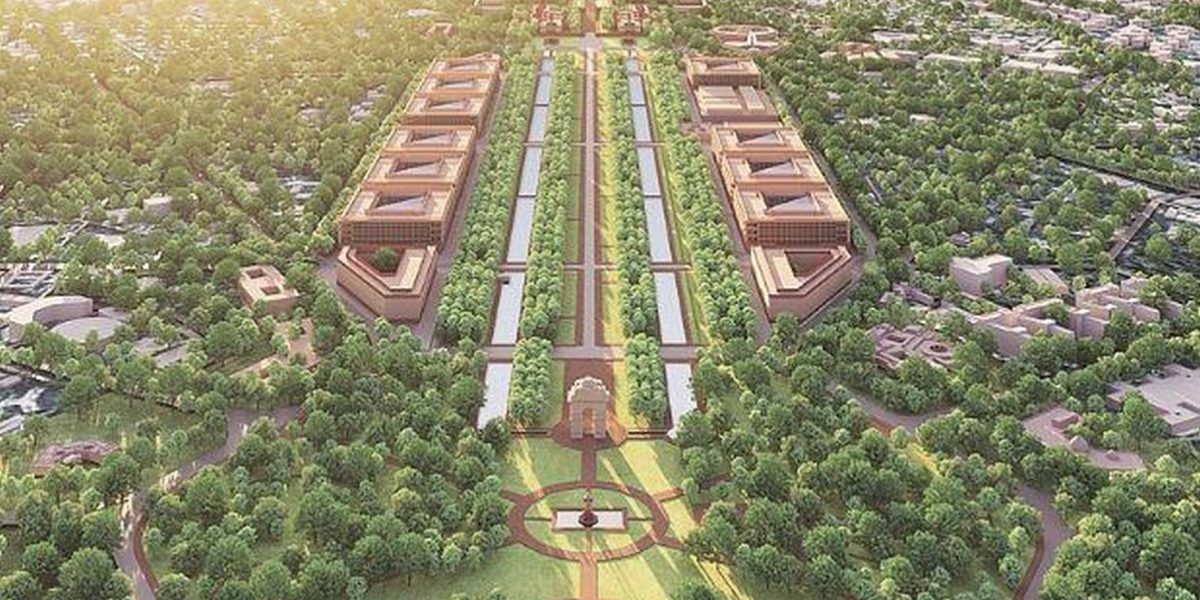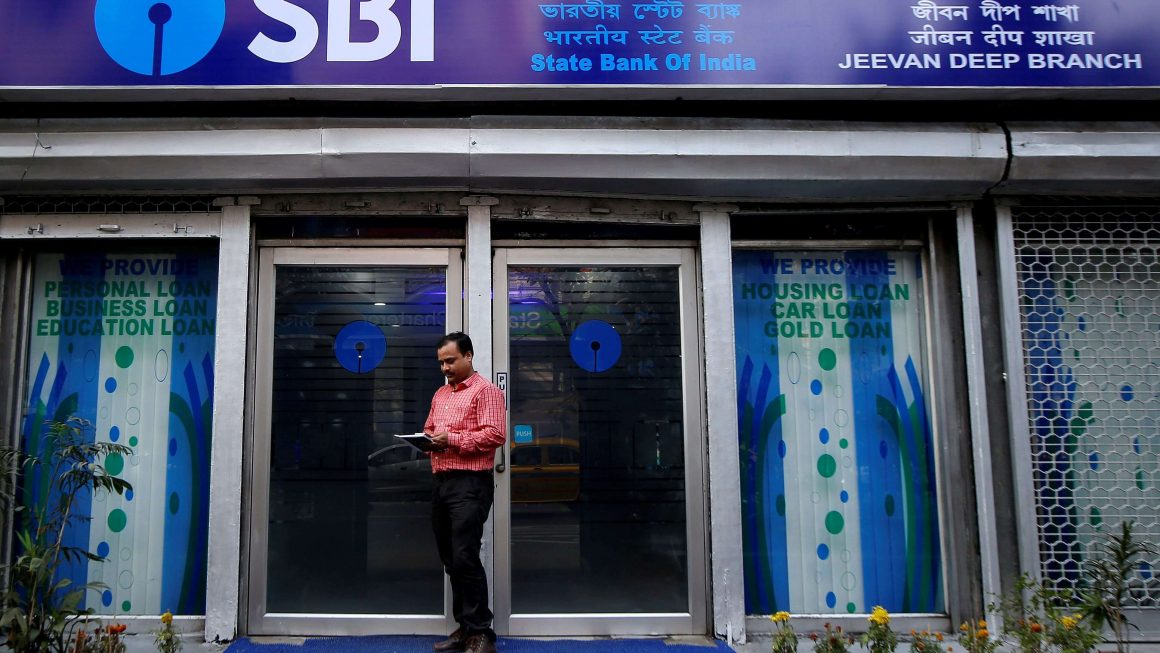NEW DELHI: In a major relief for the Narendra Modi government, a three-judge bench of the Supreme Court cleared the redevelopment plan for Central Vista with a 2:1 majority on Tuesday, although with riders.
The bench held that there were “no infirmities in clearances given, change in land use and the environmental clearances”. However, it imposed some riders like clearance from heritage conservation committee.
A bench comprising Justices A.M. Khanwilkar, Dinesh Maheshwari and Sanjiv Khanna said the heritage conservation committee’s approval is needed before consruction begins and directed that the project proponents to get that approval.
The project envisages a new triangular Parliament building, with a seating capacity of up to 1,200 MPs. The project is estimated to be constructed by August 2022, when the country will celebrate its 75th Independence Day.
On December 7, the top court had expressed strong dissatisfaction with the Centre for reportedly initiating construction process with announcement of ground breaking ceremony for the new parliament building in the Central Vista project, even as the issues connected with the redevelopment plan was under its consideration.
On December 10, Prime Minister Narendra Modi had laid the foundation stone for the new Parliament building. The construction is expected to cost around Rs 971 crore and the common Central Secretariat is likely to be built by 2024.
The petitioners had challenged the project with allegations of illegal change in land use and urged the court to quash the project.
The petitioners had challenged a notification issued by the Delhi Development Authority (DDA) on December 21, 2019 regarding changes in land use for the redevelopment.
New Parliament Building: Key features, dates, total cost and everything
1. The construction of the new, triangular Parliament building is part of the central vista plan of the government. The project also includes the construction of a common central secretariat and the revamping of the 3-km-long stretch from Rashtrapati Bhavan to India Gate.
2. PM and VP’s office: Under this mega redevelopment project at Lutyen’s Delhi, the residence of the prime minister is likely to be shifted near the South Block that houses the PMO. The vice president’s new residence will be closer to the North Block.
3. New Parliament building: The new Parliament building will be triangular in shape spread over 64,500 metres, and will be able to house 1,244 MPs.
4. Bigger Lok Sabha and Rajya Sabha: The Lok Sabha chamber will have a seating capacity of 888 MPs, while the Rajya Sabha will have a sitting arrangement for 384 MPs.
5. Separate offices for MPs: All MPs will have separate offices in the new building. At present, Lok Sabha has a sanctioned strength of 543 members and Rajya Sabha 245.
6. Amenities: The new building will also have a grand Constitution Hall to showcase India’s democratic heritage, a lounge for members of Parliament, a library, multiple committee rooms, dining areas and ample parking space.
7. Builders of new Parliament building: In September this year, Tata Projects Limited won the bid to construct the new Parliament building. The new building will be constructed close to the existing one under the Central Vista redevelopment project.
8. Architect of Central Vista project: Gujarat-based architecture firm HCP Designs won the consultancy bid for this ambitious project of the government. HCP Design, Planning and Management Pvt Ltd, based in Ahmedabad, is led by architect Bimal Patel and has developed several projects, including the Sabarmati Riverfront Development.
9. Construction work: A monitoring committee drawing members from the Lok Sabha Secretariat, the Ministry of Housing and Urban Affairs, the CPWD, the NDMC and the architect of the project will monitor the construction work.
10. Central Vista project cost: The Central Vista redevelopment project is expected to be completed by 2022 at an estimated cost of Rs 971 crore.
When was parliament constructed in India?
The foundation stone of the existing Parliament House was laid on February 12, 1921. The current Parliament building is a British-era structure, designed by Edwin Lutyens and Herbert Baker. It took six years for the construction of the existing Parliament building and was made of Rs 83 lakh at that time.
The opening ceremony of the existing Parliament was performed on January 18, 1927, by the then Governor-General of India, Lord Irwin.
The existing building is a massive circular edifice of 560 feet in diameter. The Parliament House Estate is enclosed by an ornamental red sandstone wall or iron grills with iron gates that can be closed when occasions demand. The building has twelve gates.
What will happen to existing Parliament building?
The existing Parliament building will be conserved as it is an archaeological asset of the country.
The existing building is a British era building, designed by Edwin Lutyens and Herbert Baker who were responsible for planning and construction of New Delhi.
The Foundation Stone of the existing Parliament House was laid on February 12, 1921 and the construction took six years and cost Rs 83 lakh at that time. The opening ceremony was performed on January 18, 1927 by the then Governor-General of India, Lord Irwin.
The existing Parliament House building will be suitably retro-fitted to provide more functional spaces for parliamentary events, to ensure its usage along with the new building.
The existing building is a massive circular edifice of 560 feet in diameter. The Parliament House Estate is enclosed by an ornamental red sandstone wall or iron grills with iron gates that can be closed when occasions demand. The building has twelve gates.
With IANS Inputs


